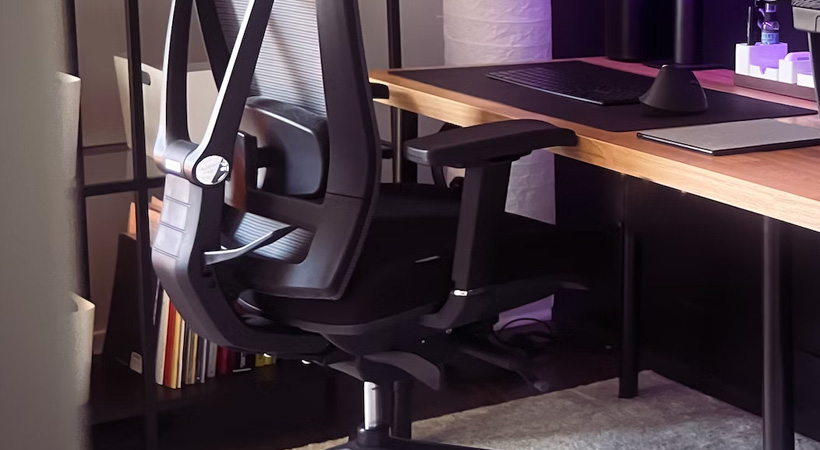The terms “orthopedic” and “ergonomic office chairs” often create confusion in the minds of consumers due to the multitude of options available in the market, as well as the common interchangeability of these terms. In this article, we aim to clarify the technical distinctions between orthopaedic and ergonomic office chair.
Selecting an appropriate office chair holds paramount importance for your health, particularly when you spend extended hours sitting. Incorrect posture can lead to various issues, including back pain, neck stiffness, and long-term health concerns.
To assist you in purchasing a high-quality office chair, it’s crucial to remember that the first rule is that it must be adjustable to your body’s build, height, and weight. Consequently, the greater the chair’s adjustability, the higher the likelihood of achieving the perfect fit.
Let’s begin understanding the key features that can be availble in office chairs.
Key Features of High Quality Ergonomic Office Chairs
Adjustable Height
A chair with height adjustment allows users of varying heights and desk configurations to find their ideal position. Your hips, knees and ankles should all be at 90° angles when you sit down. The seat size must allow you to feel the back rest.
Adjustable Backrest
This feature allows users to modify the angle and position of the chair’s backrest to suit their specific preferences and needs. The backrest should be both height and angle adjustable to provide proper spinal support.
Lumbar Support
his crucial feature is designed to support the natural curve of your lower spine, helping to maintain proper posture while sitting for extended periods. Whether it’s a built-in lumbar cushion or an adjustable mechanism, this feature helps reduce the risk of lower back strain and discomfort.
Armrests
This feature is not available on all office chairs but it can significantly impact your comfort and productivity. It porvides supportfor the arms and shoulders, reducing upper body strain.
Seat Depth Adjustment
The focus of this feature is to adjust to your upper leg lenght. Some chairs enable users to customize the seat depth for optimal thigh and hip support.
Swivel and Mobility
Look for chairs with a swivel base and smooth-rolling casters for easy movement and access to various work areas.
Breathable Materials
Ergonomic chairs often incorporate breathable materials for the seat and backrest to prevent sweating and discomfort during extended use.
Tilt Mechanism
The tilt mechanism is what allows users to recline and adjust the chair’s angle for comfort and flexibility. There are many types such as swivel, knee-tilt mechanism, multifunction, synchro. The right one for you depends on the amount of adjustments you need.
Headrest (optional)
For added comfort, some ergonomic chairs include an adjustable headrest to provide neck and head support.
What is the Difference Between Orthopaedic and Ergonomic Office Chairs

Ergonomic Office Chair
An ergonomic office chair is a carefully engineered piece of furniture designed to provide optimal comfort and support for individuals who spend extended hours working at a desk or computer in an office setting. These chairs are not one-size-fits-all; they are tailored to reduce discomfort, prevent strain, and promote good posture, ultimately enhancing productivity and overall well-being.
Orthopaedic Office Chairs
On the other hand, orthopaedic office chairs are designed to cater specifically to individuals with orthopaedic issues, particularly those who suffer from back pain, neck pain, or other musculoskeletal conditions. These chairs are engineered to alleviate discomfort, reduce strain, and promote proper posture, all in support of the user’s orthopaedic health.
In summary, while orthopedic chairs can often accommodate anyone seated for extended periods, it’s important to note that ergonomic chairs are not recommended for individuals with certain spinal issues. Understanding these distinctions can help you make an informed choice when selecting the right office chair for your needs.
When shopping for an office chair, whether it’s ergonomic or orthopedic, consider your specific requirements and the key features mentioned above. Investing in the right chair can make a significant difference in your comfort and productivity during long hours at work.


